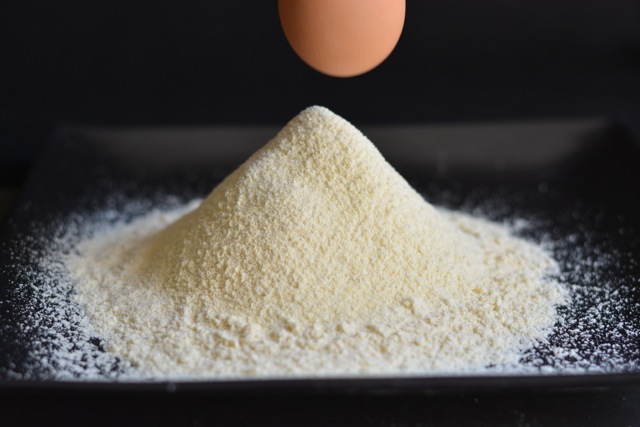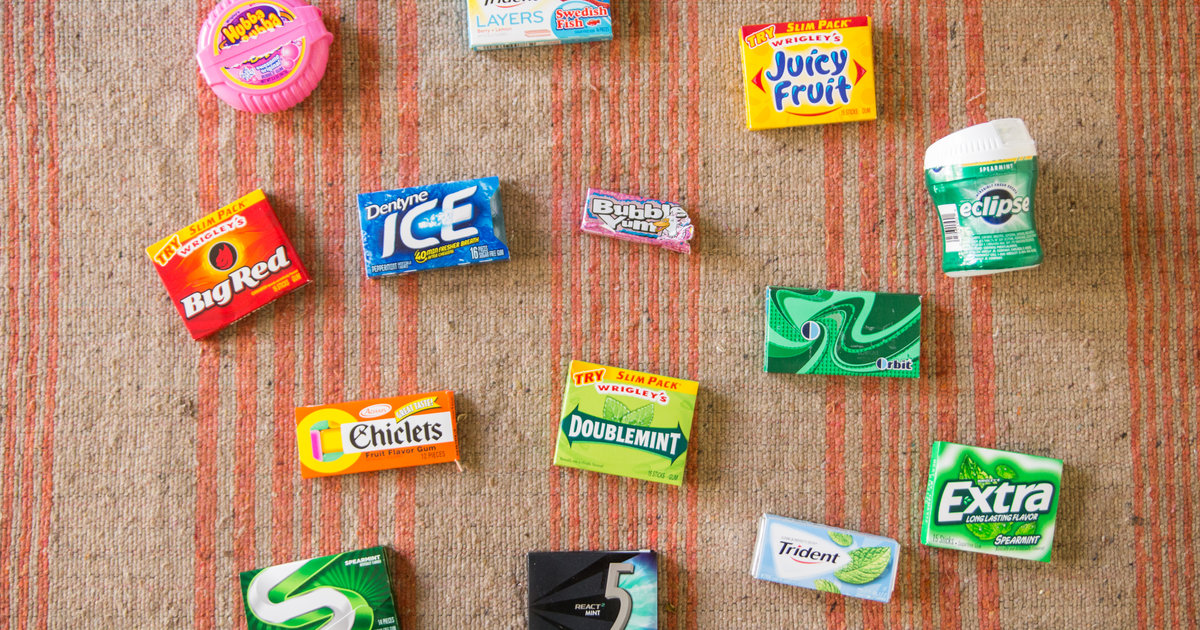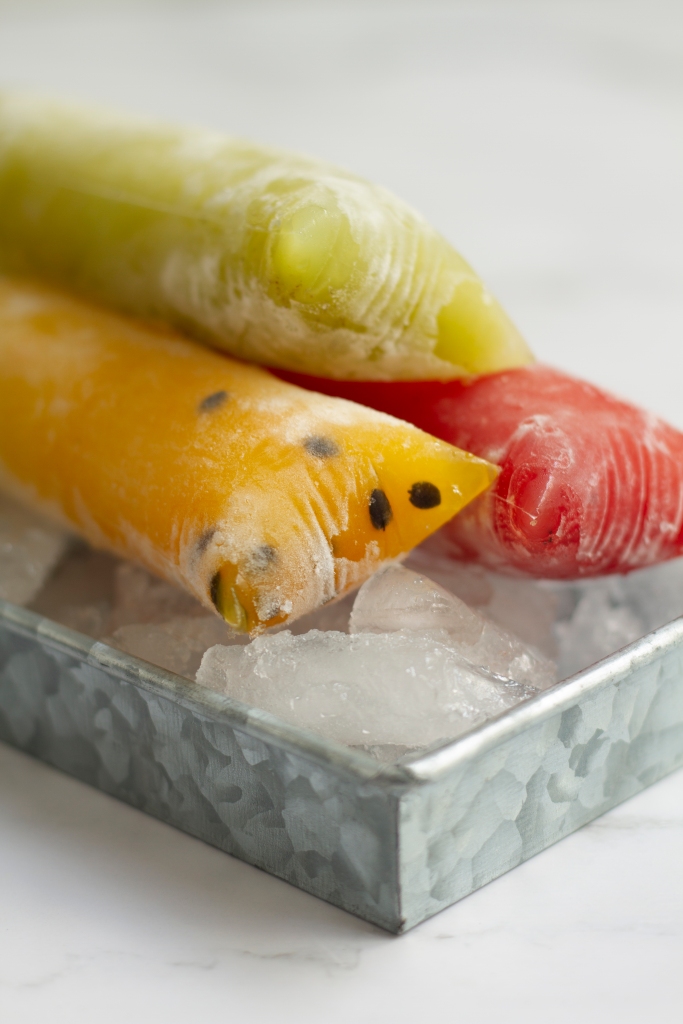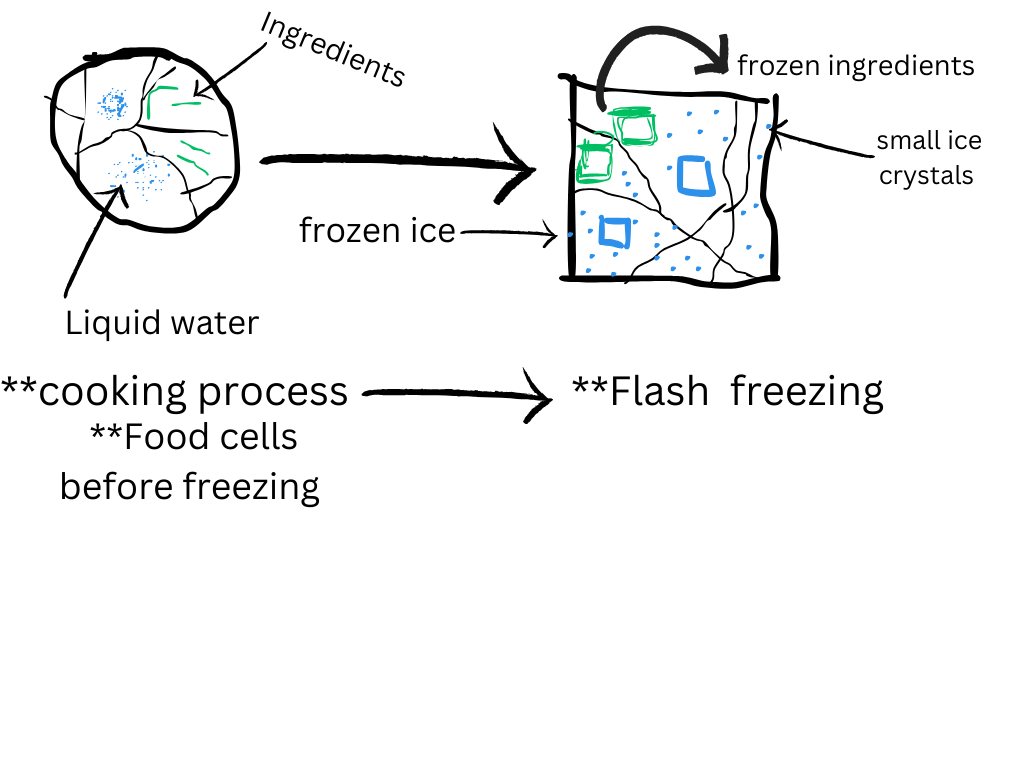
Image credit: everyday gluten free gourmet
Today, I’m switching gears and baking a sticky date pudding with caramel sauce. I’d like to see how the flavor – when taste, texture, and aroma mix – with Sorghum flour. Let the baking start 🙂 Here is the link for the recipe.
I used goat butter instead of regular butter, and coconut sugar instead of white sugar in the pudding. Feel free to change the recipe and experiment in the kitchen as you like. After all, half of the fun is testing with different ingredients your recipe.
Sticky date pudding – the texture was moist, soft, smooth, fluffy & grainy. The pudding was rich with light molasses taste. The sweetness was not overpowering but I thought it gave the right amount for a sweet tooth. I ended up sharing the pudding with friends and freezing the rest. I’ll probably finish it though in less than a month ;).
Continue reading


